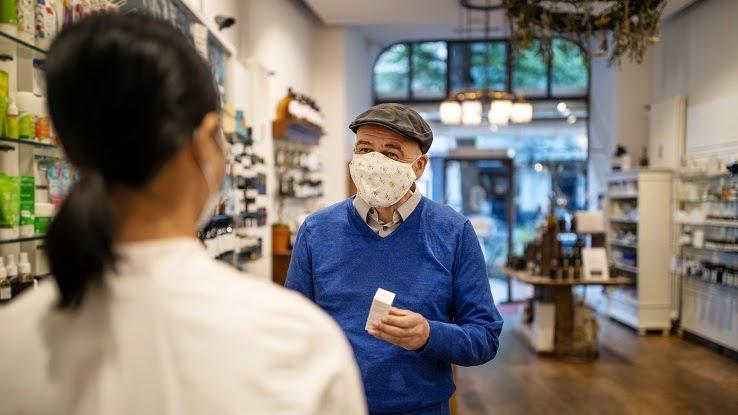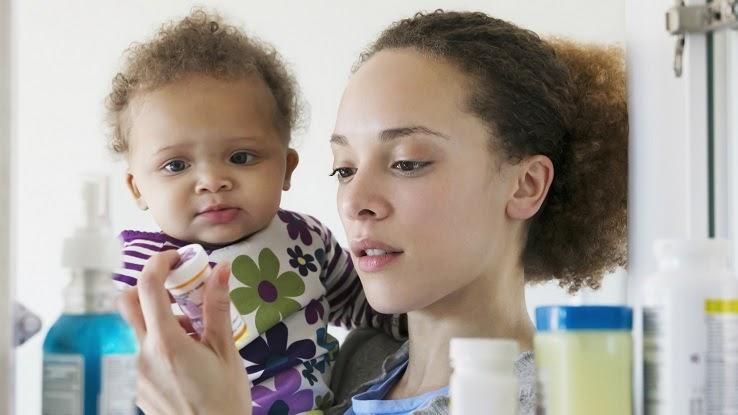
What Is the 340B Drug Pricing Program?
The rising costs of medication in the United States affect people of all backgrounds. No matter where you live or how old you are, having to choose between purchasing food or accessing lifesaving medication isn’t an easy decision to make — but it’s a difficult reality for many Americans. The 340B Drug Pricing Program was designed to remedy this issue to a degree by reducing the cost of medications for certain healthcare facilities. In turn, the facilities are able to provide medications to patients at lower, more affordable costs than those prices that the patients might otherwise have access to. To better understand the 340B program, learn more about its history, its provisions, its rules and its benefits.
What Is the 340B Drug Pricing Program?

The 340B Drug Pricing Program is a federal initiative to provide lower-cost medications to hospitals that primarily work with under-served populations. Pharmaceutical manufacturers that choose to participate in the Medicaid Drug Rebate Program — a program that exists so companies can provide their drugs to Medicaid recipients — can also participate in the 340B Drug Pricing Program. Under the program, manufacturers agree to offer discounted prices to specific types of healthcare systems.
The drugs that are part of the program are usually outpatient medications. These are medicines that patients get filled at a hospital and then take home to use, in contrast with inpatient medications, which people are given when they’ve been admitted to the hospital. (In some cases, medications purchased under the program are given during a hospital stay.) When healthcare facilities, such as hospitals and community health centers, are able to purchase medications at a discount, they can then pass those savings on to patients.
The Health Resources & Service Administration (HRSA), a government agency that’s part of the Department of Health and Human Services, oversees the program. The HRSA exists to give historically underserved populations access to high-quality medical care. These include people who can’t afford medical care and people who live far away from healthcare facilities. The HRSA also creates programs to help people with certain diseases or conditions, such as HIV/AIDS, who have historically had difficulty receiving sufficient medical care.
Why the 340B Drug Pricing Program Exists

Patients at medical facilities that participate in the 340B program are the key beneficiaries of its positive impact. Around 70% of Americans take at least one prescription medication regularly. However, a 2019 Gallup poll revealed that 58 million people didn’t fill a prescription because they couldn’t afford it. People who lack the resources to cover their basic needs are more likely to fall into the category of people who can’t fill prescriptions because of the costs.
The 340B Drug Pricing Program exists to raise the quality of healthcare for people who are more likely to receive inadequate medical care. The cost of medication is a heavy burden on both healthcare facilities and patients. When facilities are able to buy lower-cost medications, these healthcare organizations can invest those saved funds into other initiatives that improve patient care. For example, a hospital could hire more nurses or build satellite campuses in rural areas to broaden its scope of care.
The healthcare organizations that participate in the 340B program often serve people who have little financial means. The program also exists to lessen the burden of healthcare on people who may be unable to afford certain services or prescriptions. When facilities purchase medications at lower rates, the medicine is also sold to patients via outpatient pharmacies for lower prices. This increases the likelihood that patients who couldn’t afford their medicine otherwise would then be able to access their prescriptions without enduring more financial hardship.
Who Can Participate?

Although many of the benefits of the 340B Drug Pricing Program extend to individual patients, it’s actually the healthcare organizations that are eligible to participate in the program. There’s a specific group of healthcare organizations that can apply to join 340B. Some, such as disproportionate share hospitals, can apply because of their low patient income levels. Others, such as critical access hospitals and rural referral centers, are eligible because they’re far away from other hospitals and may be a patient’s only local medical resource. And, other organizations qualify because they serve a specific type of patient group, such as children’s hospitals, cancer hospitals, black lung centers and hemophilia treatment facilities.
Although most qualifying medical centers are hospitals, the 340B program does allow some smaller clinics and pharmacy programs to apply. Any healthcare facility that participates in the program must be designated by the Centers for Medicare & Medicaid Services, a federal agency that gives healthcare facilities the right to serve recipients of Medicare and Medicaid benefits.
How Does the Program Work?

Each fiscal quarter there’s an enrollment period for the 340B program, during which eligible healthcare facilities can apply to participate. Applicants that are accepted into the program in one quarter can begin to purchase discounted medications in the next quarter. Accepted facilities are put on a list that drug manufacturers can access.
Rather than purchasing medications via the usual channels, businesses that are part of the 340B program have the ability to purchase discounted medications from special wholesale stores. These stores sell the same medications that other medical distributors sell, but they respect the discounted rates designated under the program. In some cases, a facility will still have to buy drugs directly from the manufacturer or from a specific distributor in order to receive a discount.
The 340B pricing program has specific rules that participating medicine manufacturers and wholesalers must follow. These rules guarantee that healthcare facilities get a fair discount. They also protect manufacturers by outlining provisions for raising discounted prices in case there’s excessively high demand for a certain medication.
How Do Patients Benefit From 340B?

To receive discounted medications that qualify under the 340B Drug Pricing Program from a participating facility, a patient must fit the HRSA definition to qualify based on their health status, economic status or home address. Patients must also be established at healthcare facilities that are enrolled in the program. Although a facility may be enrolled, patients of the facility who don’t meet the HRSA criteria aren’t eligible to receive discounts. Some healthcare systems have multiple locations. In that case, a qualifying individual must be an established patient at the location that also qualifies for 340B enrollment.
Receiving the discount is as simple as having a doctor prescribe medications to be filled at the facility’s outpatient pharmacy. The 340B Drug Pricing Program only applies to prescribed medications, and prescriptions for over-the-counter medicines count. Patients can use this tool to find out if their pharmacy or healthcare facility qualifies.
The 340B Drug Pricing Program offers a “safety net” for hospitals and patients who are in the geographically, financially or clinically precarious situations. It’s a vital resource for many communities and plays an essential role in keeping lifesaving medications accessible for those who need them.





